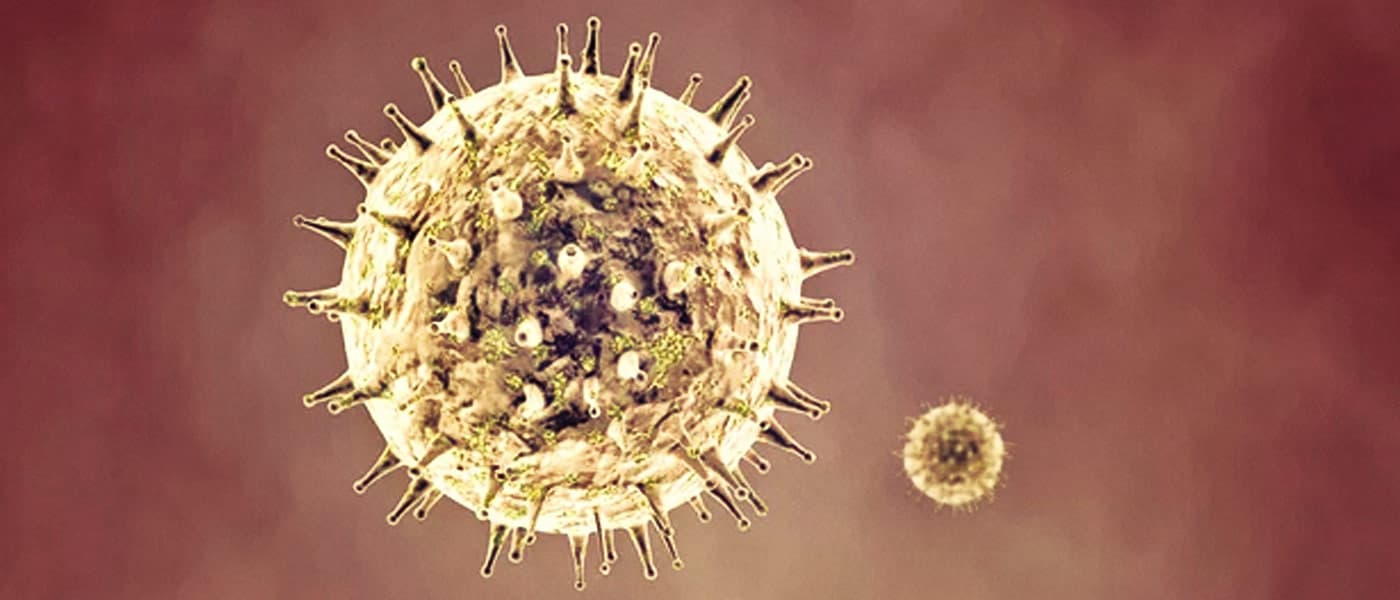Understanding Allergies
You have always been jealous of your friends’ PB&J sandwiches, but you could never eat them because of your severe peanut allergy. I sympathize. Fortunately, so do Stephen Miller of Northwestern University and Lonnie Shea of they University of Michigan. And now, they can offer you hope.
Their research sheds light on a way we could actually cure allergies, not just mask the symptoms with antihistamines such as Benadryl and Claritin.
To begin understanding the "cure," we need to first understand what allergies actually are. Ultimately, allergies arise when the body has an overreaction to certain foreign particles, called allergens, not because the allergens are genuinely harmful to the body.
So how do we cure an allergy? By teaching the body that these foods and particles are A-OK. Normally this can be done by using shots to release the allergen directly into the blood stream. The hope that is that the allergens will make it all the way to the body’s learning centers (i.e. liver or spleen). Here, the body will learn that the allergens are in fact harmless and can be ingested in the future. However, often the body attacks the allergens before they can safely reach these centers, causing anaphylaxis in the patients and a failure to cure the allergy.
A New Kind of Cure
Now, new research suggests that we can trick our bodies into letting the allergen pass through by coating it in a discrete nanoparticle. The body sees this nanoparticle-coated allergen as only a benign dust particle, letting it travel all the way to the learning centers. There, the nanoparticle dissolves, releasing the allergen.
In this way, the body can experience the allergen, learn that it is harmless, and learn to let it pass without disguise the next time it is consumed or breathed in.
This technique has a future that could also lead to curing asthma and other autoimmune diseases as well. Like an allergy, these diseases occur when the body overreacts to foreign particles. Since the nanoparticles could theoretically be filled with anything, scientists could design them to also treat these other diseases.
Almost time to bring on the PB&Js. This research was published in the journal PNAS.
Share This Article
